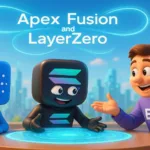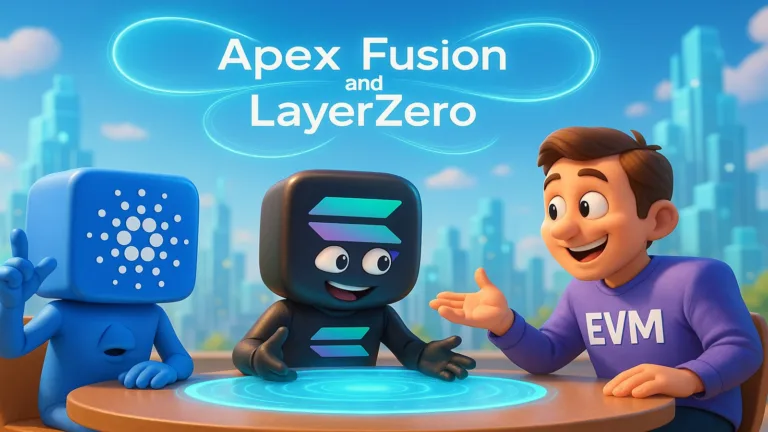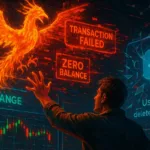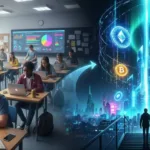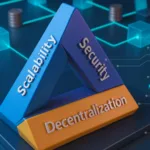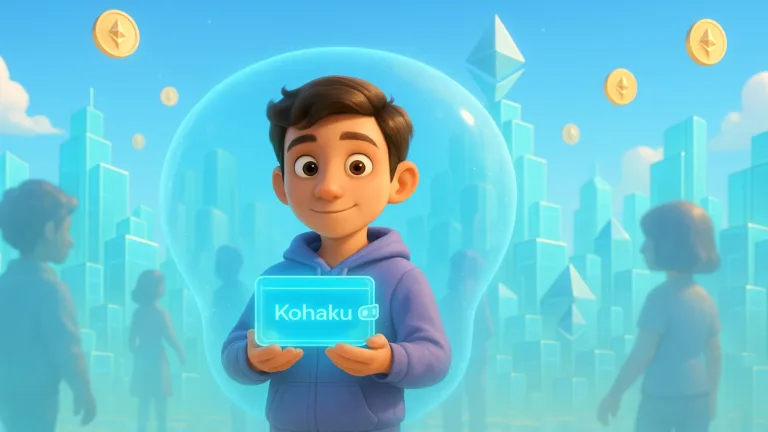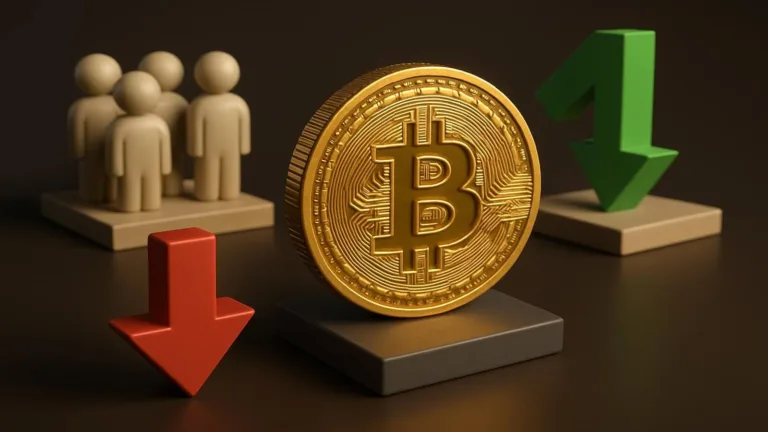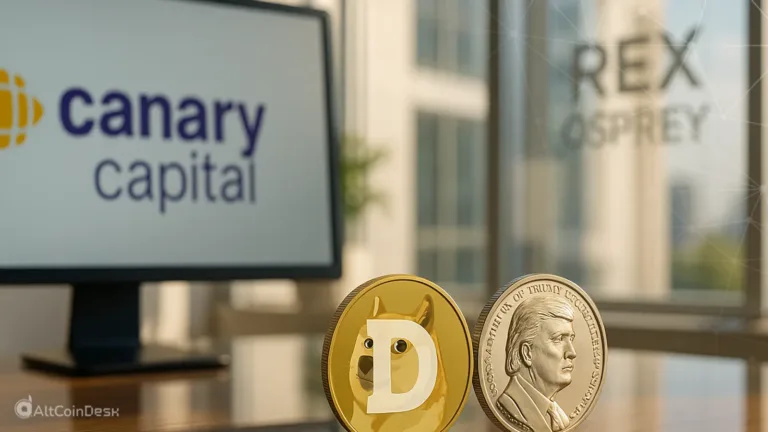It’s been the crypto world’s favorite problem: blockchains that don’t talk to each other. You’ve got Cardano speaking in UTxO, Solana racing ahead in parallel lanes, and the EVM crowd busy swapping memes on-chain.
Then suddenly, Apex Fusion and LayerZero show up at the party with translators, bridges, and a dream of one blockchain world where everyone finally speaks the same digital language.
The big union nobody saw coming
Apex Fusion and LayerZero have just teamed up to do what most protocols have been promising for years: connect Cardano, Solana, and EVM ecosystems into one seamless network. Through Apex’s NEXUS chain, plugged directly into LayerZero’s messaging protocol, developers can now move assets and data across more than 145 networks like they’re hopping between Telegram groups.
In simpler terms, it’s like Bluetooth for blockchains. One click, one send, and your liquidity moves from Cardano’s UTxO model straight into EVM-based DeFi without breaking a sweat. For years, these ecosystems felt like rival countries refusing to share a border. Now, Apex Fusion and LayerZero are drawing the first real highway map.
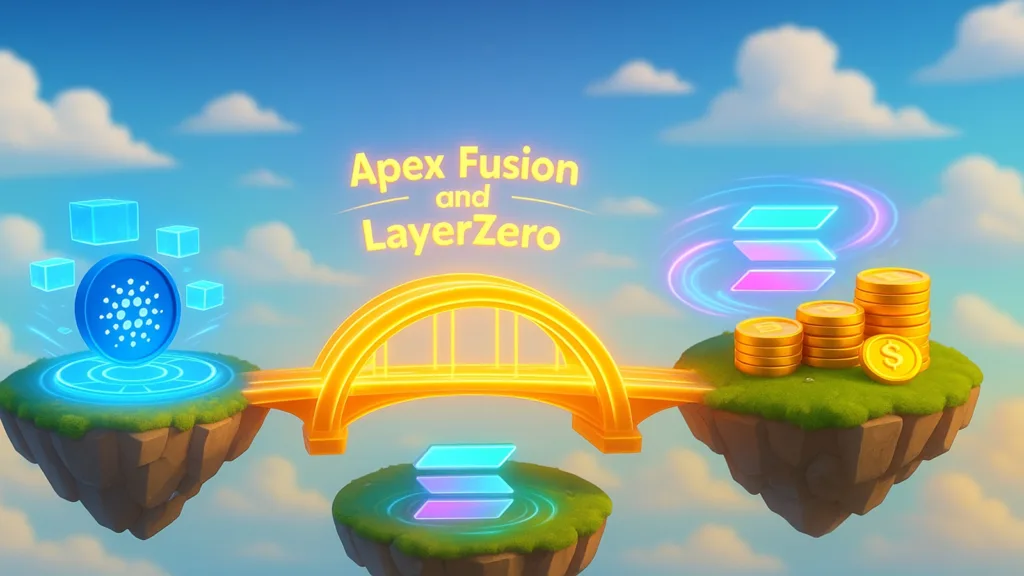
What this means for developers and DeFi junkies
The partnership gives builders something close to magic. Apex’s NEXUS and VECTOR chains are linking with LayerZero’s framework to power omnichain applications, apps that don’t live on one chain but across them all. Think of it as an Airbnb for liquidity, where your tokens can check in anywhere without being wrapped, swapped, or duplicated.
This new bridge also supports Stargate and Omnichain Fungible Tokens (OFTs), letting assets flow natively between blockchains. For developers, this means less friction and more interoperability. For traders, it’s the first step toward a future where capital efficiency isn’t locked behind a single ecosystem.
And because Apex Fusion and LayerZero want to play nice with enterprises, they’re rolling out Decentralized Verification Networks (DVNs) for added security. That’s code for “you can trust the bridge won’t rug you mid-transfer.”
Why it’s a big deal (even if you’re not a dev)
The crypto world has long operated like rival startups trying to reinvent the internet in isolation. But with Apex Fusion and LayerZero creating a liquidity fabric that ties together Cardano, Solana, and EVMs, we’re entering an era of fluid movement, faster transactions, and shared opportunities.
For the first time, Cardano’s UTxO assets can coexist and interact with EVM smart contracts. Solana’s high-speed ecosystem gets a seat at the same interoperability table. And LayerZero acts as the glue that binds it all, quietly making cross-chain transfers feel like ordinary clicks.
From isolation to integration
If Apex Fusion and LayerZero deliver on their promise, this could be the most important step in blockchain unity since the birth of interoperability itself. The project doesn’t just merge ecosystems; it bridges ideologies. One built for speed, another for structure, and one for smart contracts. Now they finally have a reason to work together.
In a space obsessed with new tokens and hype, this partnership feels refreshingly practical. It’s not about another airdrop or meme coin, but about infrastructure, the kind that could make Web3 truly connected. The real question is: can Apex Fusion and LayerZero keep this bridge stable once the traffic starts rushing in?
Because in crypto, building a bridge is easy. Keeping it from collapsing under its own hype? That’s where the real engineering begins.


